Description
The Quoyi Parrot (Scarus quoyi) is a stunning fish that can reach a maximum size of approximately 10 inches (25 centimetres). Its body is elongated and slender, with a slightly compressed shape. The colouration of the Quoyi Parrot varies depending on its age and sex.
Taxonomy
The Quoyi Parrot belongs to the genus Scarus and the family Scaridae. It is closely related to other parrotfish species, such as Scarus coeruleus and Scarus rubroviolaceus. The genus name “Scarus” is derived from the Greek word for “a fish.” The specific epithet “quoyi” is in honour of Jean René Constant Quoy, a French zoologist who participated in the French exploration of the Pacific.
Natural Habitat
The natural habitat of the Quoyi Parrot is characterized by vibrant coral reefs, clear tropical waters, and abundant marine vegetation. These fish are commonly found in coral reef ecosystems with high biodiversity. The underwater landscape consists of coral formations, crevices, and rocky outcrops where the Quoyi Parrot seeks shelter and food.
Keeping Quoyi Parrot Healthy:
The care level for Quoyi Parrots is moderate, requiring some knowledge and attention to keep them healthy. Maintaining water quality is crucial, with appropriate temperature ranging between 75°F and 82°F (24°C to 28°C). Regular water testing, filtration, and partial water changes are necessary to provide a suitable environment for the fish.
Special Requirements and Feeding
Quoyi Parrots are herbivores and require a diet rich in algae and marine vegetation. Offering a variety of fresh, high-quality seaweed and algae-based foods is essential for their nutrition and well-being. Supplementing their diet with occasional treats of live or frozen brine shrimp and mysis shrimp can provide additional nutrients.
How Many Should I Keep?
When considering how many Quoyi Parrots to keep, it is important to provide sufficient space in the aquarium. As these fish can reach a size of up to 10 inches (25 centimetres), it is recommended to keep them in a tank with a minimum capacity of 50 gallons (190 litres) to ensure their comfort and well-being.
Lighting Preference
Quoyi Parrots thrive in aquariums with moderate to high lighting levels. Proper lighting not only enhances their vibrant colours but also promotes the growth of beneficial algae and supports the natural behaviour of these fish. It is recommended to use a combination of full-spectrum and actinic lighting to mimic natural lighting conditions.
Suitable Tank Mates
Quoyi Parrots can coexist peacefully with a variety of other reef-safe fish species. However, caution should be exercised when selecting tank mates to ensure compatibility. Avoid housing them with aggressive or territorial fish that may harass or injure the Quoyi Parrot. Suitable tank mates include other peaceful reef fish such as tangs, gobies, and wrasses.
Reproduction in the Wild
In the wild, the Quoyi Parrot (Scarus quoyi) follows a complex reproductive process to ensure the continuation of its species. The reproductive cycle involves courtship, spawning, and rearing of the offspring.
Breeding Scarus quoyi:
Breeding Scarus quoyi in captivity can be a rewarding experience for dedicated aquarists. Successful breeding requires careful attention to the setup, courtship, spawning, and rearing processes.
Set Up
To facilitate breeding, a well-maintained aquarium with appropriate parameters is crucial. The water temperature should be maintained between 78°F and 82°F (25°C to 28°C), and the pH level should be around 8.0 to 8.4. The aquarium should also provide ample hiding places, such as rocks or artificial structures, where the Quoyi Parrots can lay their eggs.
Courtship/Spawning
The courtship behaviour of Quoyi Parrots involves vibrant displays and territorial disputes between males. The males exhibit vivid colours and engage in vigorous chasing and fin-flaring displays to attract the females. Once courtship is successful, the female releases her eggs, and the male fertilizes them externally in the water column.
Rearing
After spawning, it is crucial to remove the eggs from the main aquarium to prevent predation and improve survival rates. The eggs can be carefully collected using a mesh net and transferred to a separate rearing tank or a specialized breeding apparatus. Maintaining stable water conditions, appropriate lighting, and providing suitable food for the developing larvae are essential for their growth and survival.
Sexual Dimorphism
Sexual dimorphism in Quoyi Parrots is not prominent, making it challenging to visually differentiate between males and females. However, in some cases, males may exhibit brighter colours and larger body size compared to females.
Distribution
The Quoyi Parrot is primarily found in the Indo-Pacific region, including areas such as the Great Barrier Reef, Indonesia, and the Philippines. While there may be captive-bred or line-bred strains of the Quoyi Parrot available, the original fish come from the wild populations in these regions.
Summary
The Quoyi Parrot (Scarus quoyi) is a captivating fish species known for its vibrant colours and graceful movements. Their reproductive process involves courtship, spawning, and rearing of the offspring. Breeding Quoyi Parrots requires careful setup, courtship rituals, and appropriate rearing techniques to ensure the successful development of the eggs. While sexual dimorphism is not pronounced in this species, males may display brighter colours and larger size. Quoyi Parrots originate from the Indo-Pacific region, including areas such as the Great Barrier Reef. It is important to appreciate the beauty of these fish while also respecting their natural distribution and conservation efforts.
The Fish pictured here are representative only and the livestock you receive may vary in pattern, coloration, and shape.

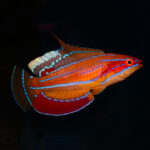



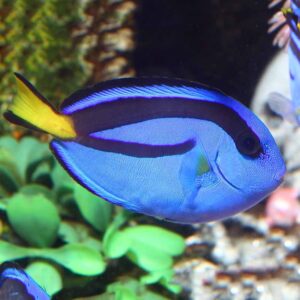
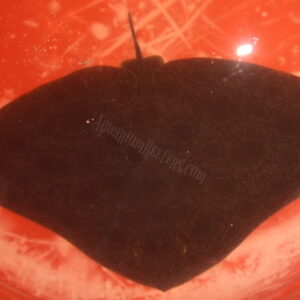
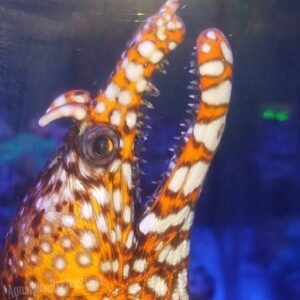
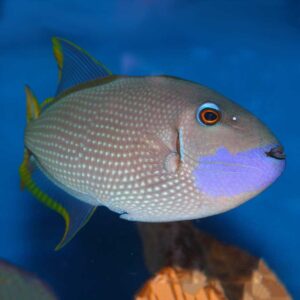
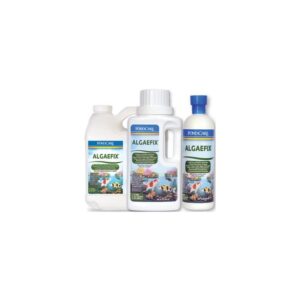 API Pond Care AlgaeFix 1Gal
API Pond Care AlgaeFix 1Gal